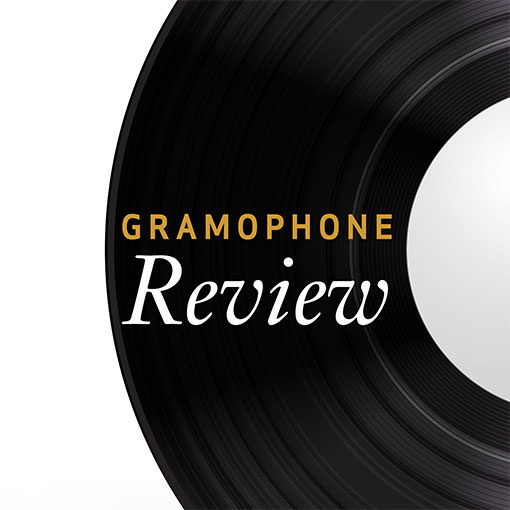Shostakovich Symphony No 4, arranged for 2 pianos
Revelatory version of a spectacular 20th-century orchestral masterwork
View record and artist detailsRecord and Artist Details
Composer or Director: Dmitri Shostakovich
Genre:
Chamber
Label: Chandos
Magazine Review Date: 7/2005
Media Format: CD or Download
Media Runtime: 59
Mastering:
Stereo
DDD
Catalogue Number: CHAN10296

Tracks:
| Composition | Artist Credit |
|---|---|
| Symphony No. 4 |
Dmitri Shostakovich, Composer
Colin Stone, Piano Dmitri Shostakovich, Composer Rustem Hayroudinoff, Piano |
Author: Guy Rickards
Although recording has long replaced the need for piano reductions (whether two- or four-hand) to get to know orchestral works, two-piano arrangements can cast wholly new lights on familiar scores, as recordings of The Planets and The Rite of Spring affirm. In the case of Shostakovich’s Fourth Symphony, the composer’s 1936 arrangement was the only way of knowing the work at all for 25 years due to his withdrawal of the orchestral score.
What, then, does this ‘black-and-white’ version reveal about one of this composer’s most colourful, and personal, utterances? As Eric Roseberry suggests in the booklet, there are gains in linear clarity; often one is so carried along by the sheer volume or weight of the orchestral textures that it is easy to forget how contrapuntal the music actually is. Unlike the two-piano recording of the Tenth Symphony the composer made, which served to underline the nature of the work, this new version proves just how well-written much of the Fourth is. Less improvisational as a result, but there is no loss in spontaneity. Roseberry notes the debt to Bach but Shostakovich’s piano writing, especially in the huge first movement, also betrays the influence of Stravinsky.
There are losses in the lack of weight of certain passages – for example, the shattering main climax which here glitters rather like some monstrous ice floe observed from afar – or in the subtleties of the orchestral scoring: I missed the textures of the bassoon solos, percussion sections and the splendid trumpet writing. Yet the whole works tremendously convincingly on its own terms and what emerges is not a different work but a radically different vista on one. Hayroudinoff and Stone impress with their knowledge of the score, giving a well-prepared, gutsy performance, superbly engineered by Jonathan Cooper and Michael Common. If the instrumental textures inevitably sound a touch clattery at times, the work’s hold on the imagination remains as compelling as ever.
What, then, does this ‘black-and-white’ version reveal about one of this composer’s most colourful, and personal, utterances? As Eric Roseberry suggests in the booklet, there are gains in linear clarity; often one is so carried along by the sheer volume or weight of the orchestral textures that it is easy to forget how contrapuntal the music actually is. Unlike the two-piano recording of the Tenth Symphony the composer made, which served to underline the nature of the work, this new version proves just how well-written much of the Fourth is. Less improvisational as a result, but there is no loss in spontaneity. Roseberry notes the debt to Bach but Shostakovich’s piano writing, especially in the huge first movement, also betrays the influence of Stravinsky.
There are losses in the lack of weight of certain passages – for example, the shattering main climax which here glitters rather like some monstrous ice floe observed from afar – or in the subtleties of the orchestral scoring: I missed the textures of the bassoon solos, percussion sections and the splendid trumpet writing. Yet the whole works tremendously convincingly on its own terms and what emerges is not a different work but a radically different vista on one. Hayroudinoff and Stone impress with their knowledge of the score, giving a well-prepared, gutsy performance, superbly engineered by Jonathan Cooper and Michael Common. If the instrumental textures inevitably sound a touch clattery at times, the work’s hold on the imagination remains as compelling as ever.
Discover the world's largest classical music catalogue with Presto Music.

Gramophone Digital Club
- Digital Edition
- Digital Archive
- Reviews Database
- Full website access
From £8.75 / month
Subscribe
Gramophone Full Club
- Print Edition
- Digital Edition
- Digital Archive
- Reviews Database
- Full website access
From £11.00 / month
Subscribe
If you are a library, university or other organisation that would be interested in an institutional subscription to Gramophone please click here for further information.





